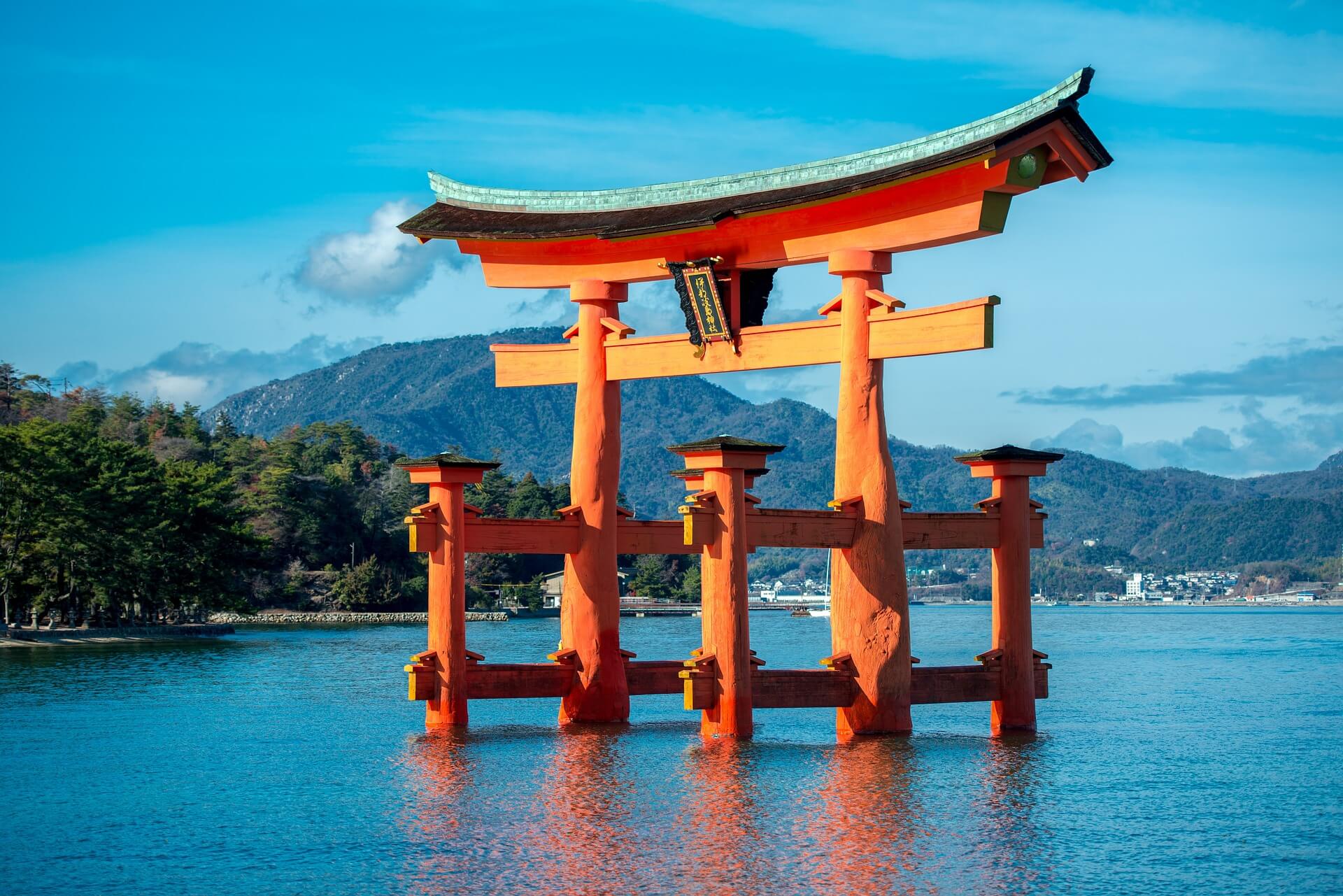
- On 08/05/2024
- In Blogs Travel Tips
- Tags:
Experience Hiroshima – Kansai
Sourced by JNTO | Cơ quan Xúc tiến Du lịch Nhật Bản
Japan.Travel | Experience Hyogo, Kyoto, Nara, Osaka, Shiga, Wakayama and Hiroshima. Japan is truly timeless, a place where ancient traditions fuse with modern life, as if it were the most natural thing in the world. The Kansai-Hiroshima Area Pass provides unlimited travel in the greater Kansai Area and and Sanyo area up to Hiroshima. It is a great option for travelers based in Kansai who want to explore a bit further west.
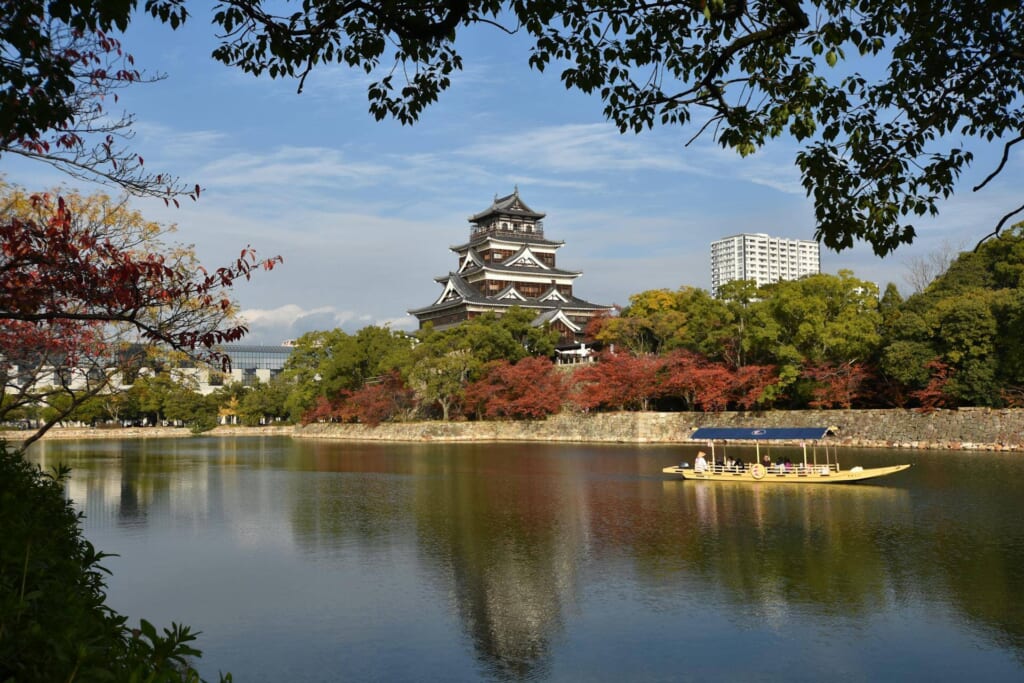
Hiroshima
Hiroshima's natural draws are the Seto Inland Sea, forested mountains and pristine waters. These are additional perks for visitors exploring the prefecture's peace connection, shrines and museums. The city of Hiroshima is a great place for trekking through dense forests and enjoying natural hot springs. Discover quaint towns like Onomichi and Tomonoura or enjoy golden beaches, the islands of the Seto Inland Sea, and the iconic Itsukushima on Miyajima—the floating shrine with a red gate set in the sea. Hiroshima's other World Cultural Heritage site, the Atomic Bomb Dome, and its surrounding memorial park are monuments to peace. Hiroshima is also famous for savory okonomiyaki pancakes, anago or saltwater eel, and other culinary delights. Hiking, cycling, ocean sports, and skiing are all popular outdoor activities.
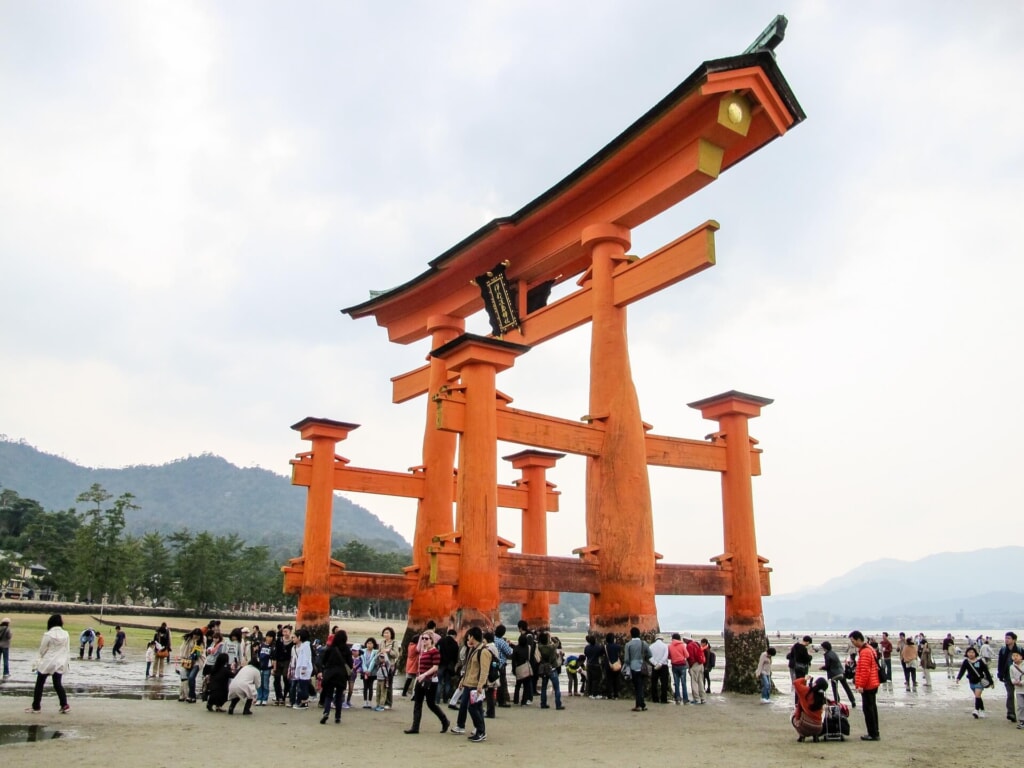
Itsukushima-jinja Shrine
A sanctuary for the spirit, floating on the tides
Itsukushima Shrine is located on Miyajima Island, near Hiroshima. It is said to have been built in 593. Although it has been rebuilt several times due to disasters, it still retains the appearance of the shrine built by Taira no Kiyomori, a famous military leader of the late Heian period (794-1185). It is one of the few shrines in Japan where wooden buildings stand on the sea.
A spiritual sanctuary | The entire island has been worshipped by many as sacred. It is said that the people of the time considered the island awe-inspiring, so they built a shrine in a place where the tide ebbed and flowed to avoid damaging the sacred “body” of the island.
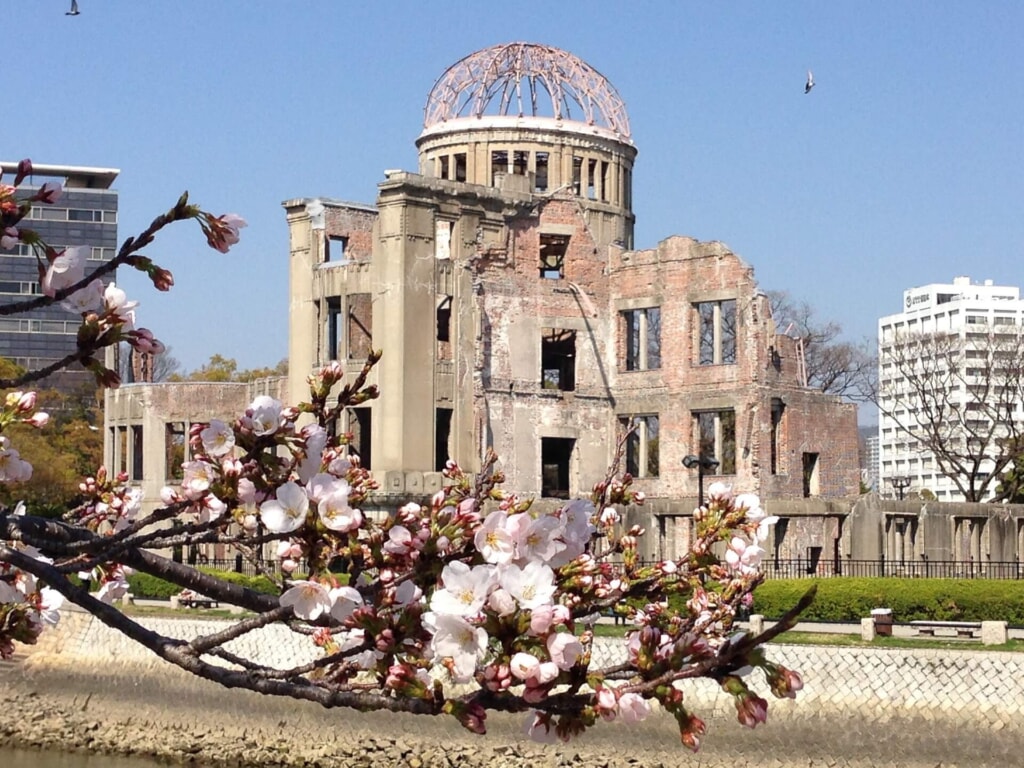
Hiroshima Peace Memorial
Hiroshima Peace Memorial (Atomic Bomb Dome) | An international symbol for the abolition of nuclear weapons and lasting world peace!
Hiroshima Peace Memorial Park, located in the center of Hiroshima City was built in its current location near the hypocenter of the atomic bombing during WWII on August 6, 1945, in hopes of creating lasting world peace. In addition to the Atomic Bomb Dome World Heritage site, the park is home to the Cenotaph for the Atomic Bomb Victims, where the names of all those who lost their lives are inscribed, and several other memorials.
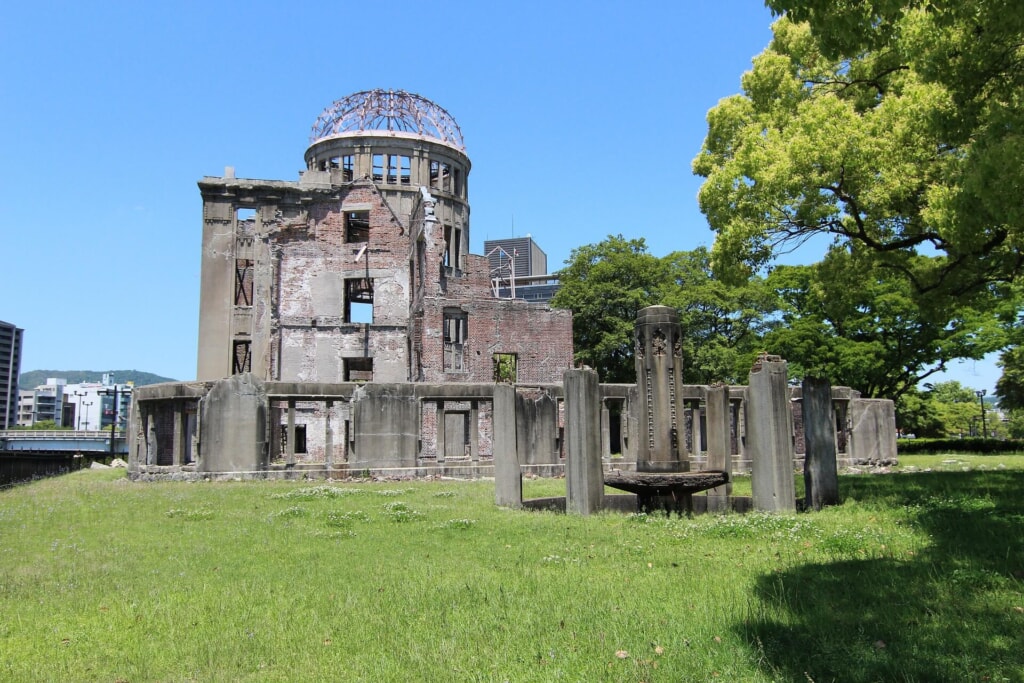
The Atomic Bomb Dome, formerly the Hiroshima Prefectural Industrial Promotion Hall, was designed by Czech architect Jan Letzl. It was highly acclaimed at the time of its construction in 1915 for its bold European design. At 8:15 a.m. on August 6, 1945, the building was destroyed by the world's first atomic bomb dropping, and it burned to the ground. It was instantly engulfed in flames, from the ceiling to the ground, instantly killing everyone in the building. Because the pressure of the blast came from above, part of the wall escaped collapse.
It was called the "Atomic Bomb Dome" for its distinctive domed steel frame and was included in UNESCO's World Heritage List in December 1996 as a symbol of the devastation caused by the first atomic bomb in the history of humankind. It represents the importance of the abolition of nuclear weapons and lasting world peace.
Senkoji Park
An amazing view, stunning surroundings, and a cable car. To get the best possible view of Senkoji Park, head to the summit of Mt. Senkoji. For those not wishing to hike, there is a quaint ropeway or cable car that gently whisks you to the top. Senkoji Temple is also on the mountain, a short way from the summit.
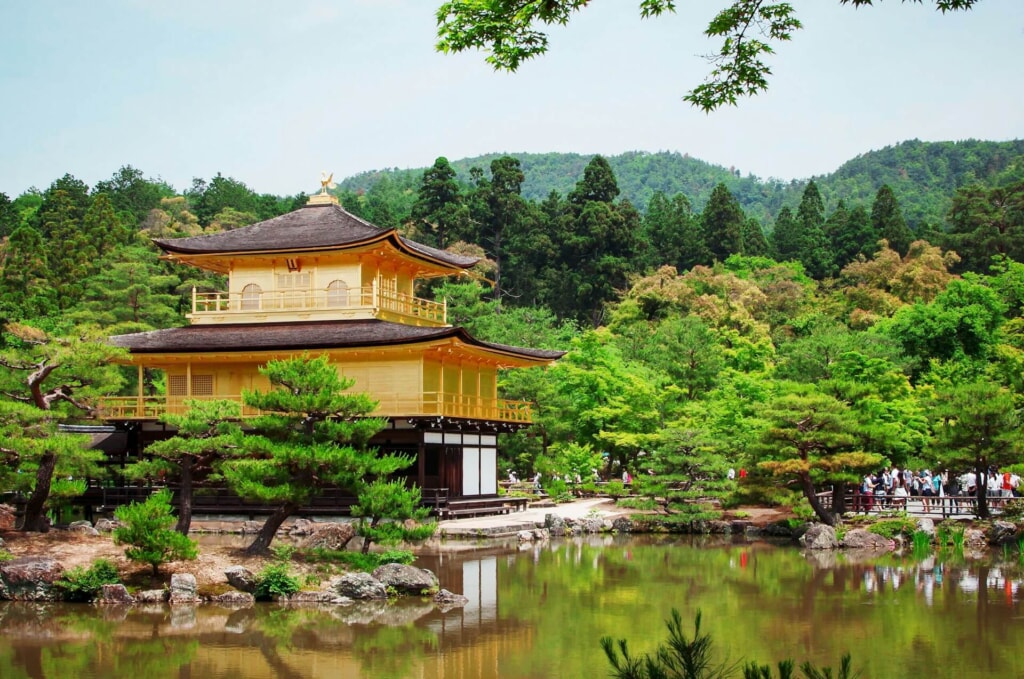
The 361-meter ride offers amazing views, and although it is popular all year, peak season is in the spring, which coincides with the blooming of cherry blossoms on the 1,500 trees in the park.
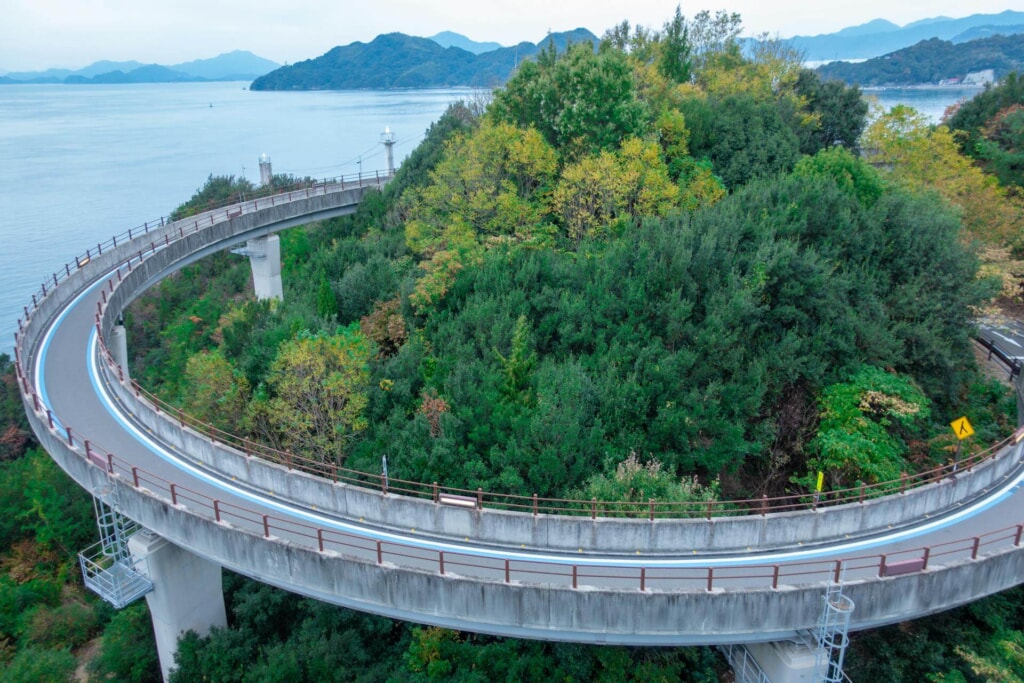
Cycling the Shimanami Kaido
Cycle from Honshu to Shikoku on this scenic 70 km-long bike route. The Shimanami Kaido is one of Japan's most famous and visually stunning bike routes. Crossing over six islands, it offers wonderful ocean views and can be completed in a day.
The Shimanami Kaido is famous among biking enthusiasts around the world. Experienced cyclists can complete the 70-kilometer journey along it in about four hours. A leisurely cycle while taking in the scenery and stopping at local tourist spots along the way will take about 10 hours. Alternatively, you can choose a course and cycle just a section of it.
Because of its prime location between Hiroshima and Imabari, Onomichi is filled with guesthouses, bakeries, gift shops, and restaurants. There are also many shops that offer bicycle maintenance and rentals. Onomichi is famous for its many temples. A temple walk connects 25 of them, winding up and down the many cobbled streets that criss-cross along the city's high hills.
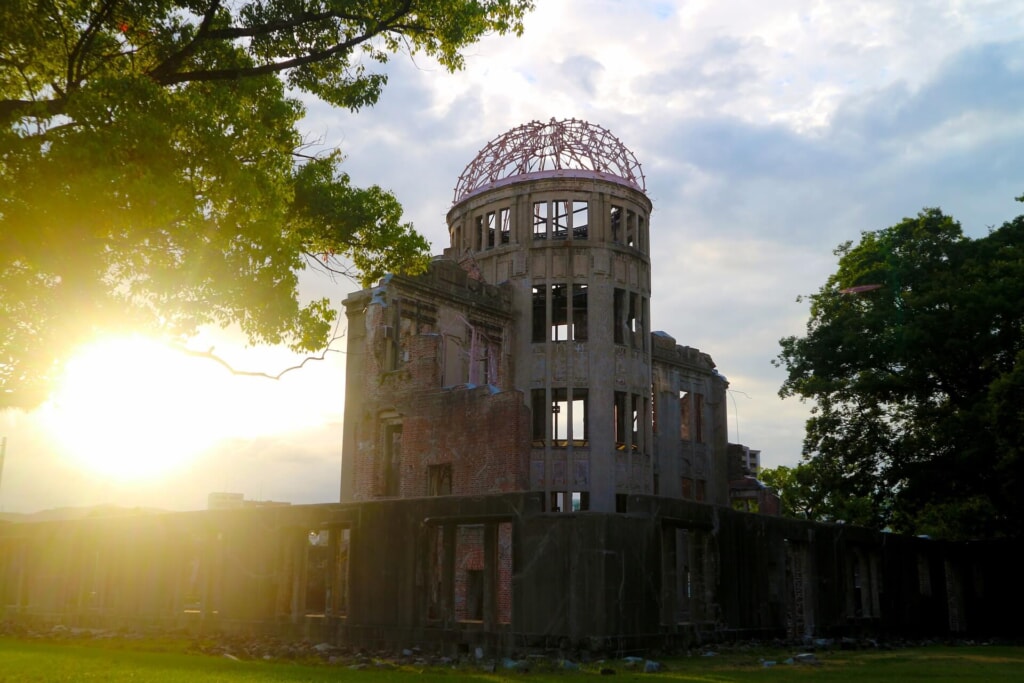
The Tastes of Hiroshima
Enjoy the ever-popular Hiroshima-style okonomiyaki in its place of origin!
Each region of Japan has a unique food culture. Hiroshima’s claim to fame is okonomiyaki, a savory pancake-like dish filled with shredded veggies, meat, and—most importantly─the noodles that set it apart from other regional variants. An ideal spot for this is the Okonomimura building, a collection of restaurant stalls that put their own spin on the popular dish.
Wandering through the two floors of Okonomimura located in a seven-story building in downtown Hiroshima is a bit like exploring a culinary wonderland. Hear the sizzle of batter on the griddle. Smell the rich aroma of frying meat. Tuck in, and wash it down with a tall chilled glass of draft beer. Some stalls offer English menus, and most can cater to vegetarians.
It’s worth checking out all of the stalls, or perusing the Okonomimura website. Each vendor has something unique, from crunchy buckwheat noodles and cheese mochi to a homemade kimchi. To find your favorite, you'll want to come back time and again.
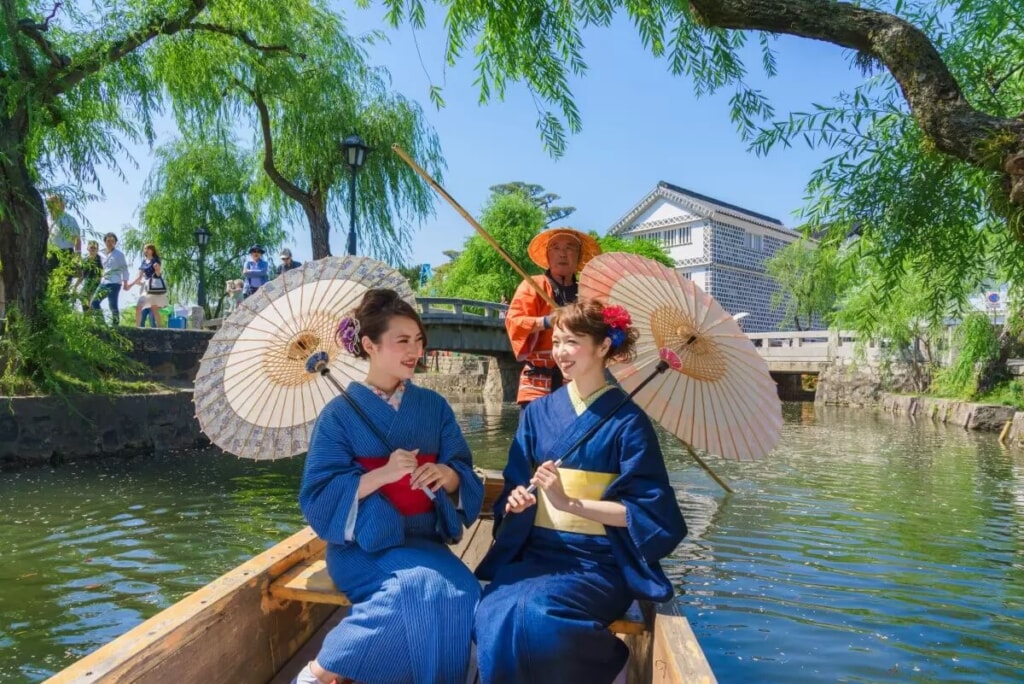
Okayama
Facing south toward the island of Shikoku and the Seto Inland Sea, Okayama is the capital and largest city of the prefecture of the same name. It is home to Okayama Castle , known as the Crow Castle, and Korakuen Garden , which is considered one of the top three traditional gardens in Japan. The nearby town of Kurashiki is famous for its canals and beautifully preserved Edo townscape.
Kurashiki Bikan Historical Quarter
Relive Japan's past in this historic quarter | The Kurashiki Bikan Historical Quarter, also referred to as the Bikan area, was once the political and commercial center of Kurashiki. Now preserved as a historic district, it's no less busy, with many former storehouses converted into specialty stores, museums and cafes.
A juxtaposition between old and new | Canal-lined, white-washed and stone-tiled, the streets of the Kurashiki Bikan Historical Quarter are quintessentially Japanese. This ambience is enhanced by the area's architecture, which is a mixture of Edo period (1603-1867) Japan and Western influences. The blended styles make the environment seem somehow contemporary, despite being steeped in history.
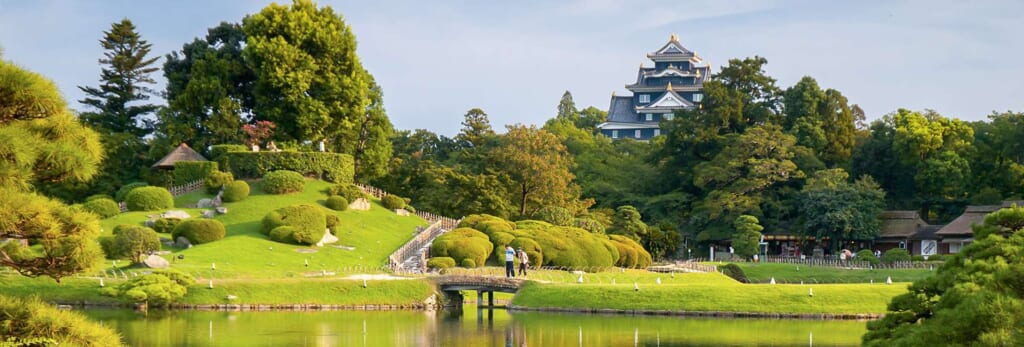
Okayama Castle
Okayama Castle's black facade led people to begin referring to it as Ujo, or "Crow Castle," a counterpoint to the white walls of Himeji Castle, just 30 minutes away on the shinkansen.
The castle's black facade stands tall over the city | The castle sits next to the Asahi River, and offers lots of resting spots to sit, soak up the views of the castle, the adjacent Korakuen Garden, and locals who use this thoroughfare to go about their daily lives.
Explore the history of this cultural zone | The best way to enjoy this cultural zone is to purchase an Okayama Castle and Korakuen Garden Pass, which offers you a full day of historical discovery. Places that are close by and worth visiting are a few local museums that hold collections of both local artifacts and world-renowned collections of art. Within this area, you will also have numerous local cafes, restaurants that offer locally sourced ingredients that highlight the flavours of Okayama.
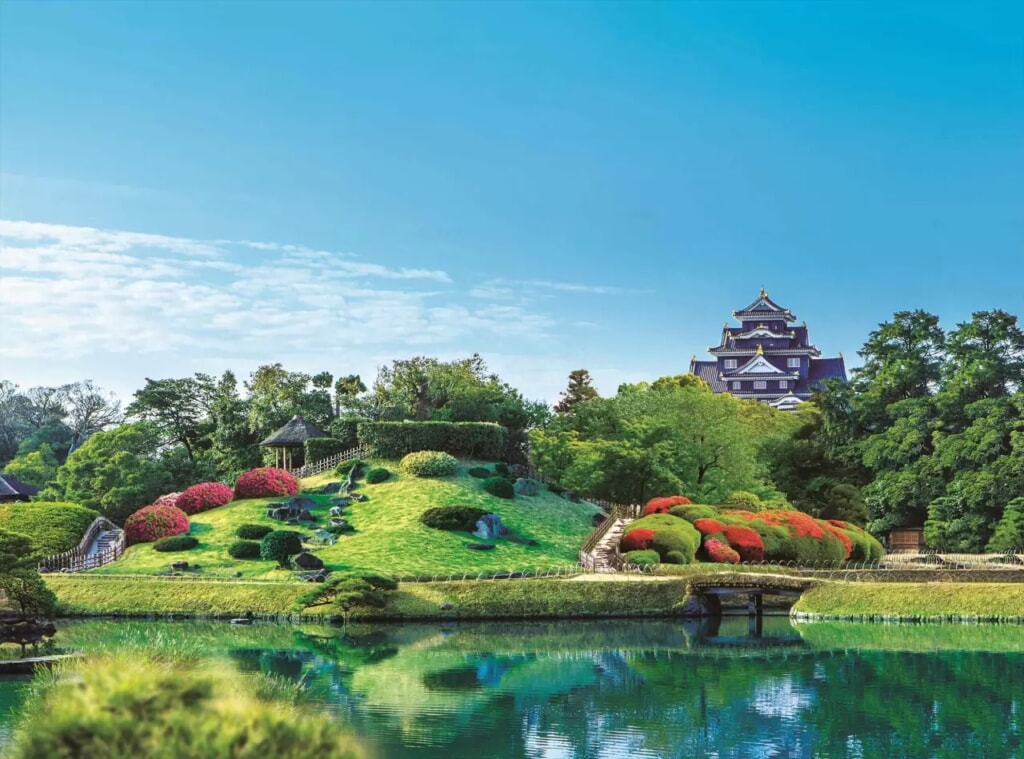
Korakuen Garden
This beautiful landscape garden is regarded as one of the three great gardens of Japan. It was created around 300 years ago by the Ikeda family who once ruled Okayama, as a place to relax. The vast grounds, designed around carp-filled ponds, have the classic features of a strolling garden, including borrowed scenery, waterfalls, bridges, tea houses and cherry trees. The meandering paths reveal beautiful vistas at every turn. The garden retains many of its original features. Gazing up at Okayama Castle just beyond the garden, visitors can feel like they stepped back into a bygone era.
An introspective escape | The spacious garden grounds have many areas to explore and discover. The grounds cover about 14 hectares and include a tea plantation, aviary, several ponds, and original tea houses and resting buildings where the daimyo—the Japanese feudal lord—would rest.
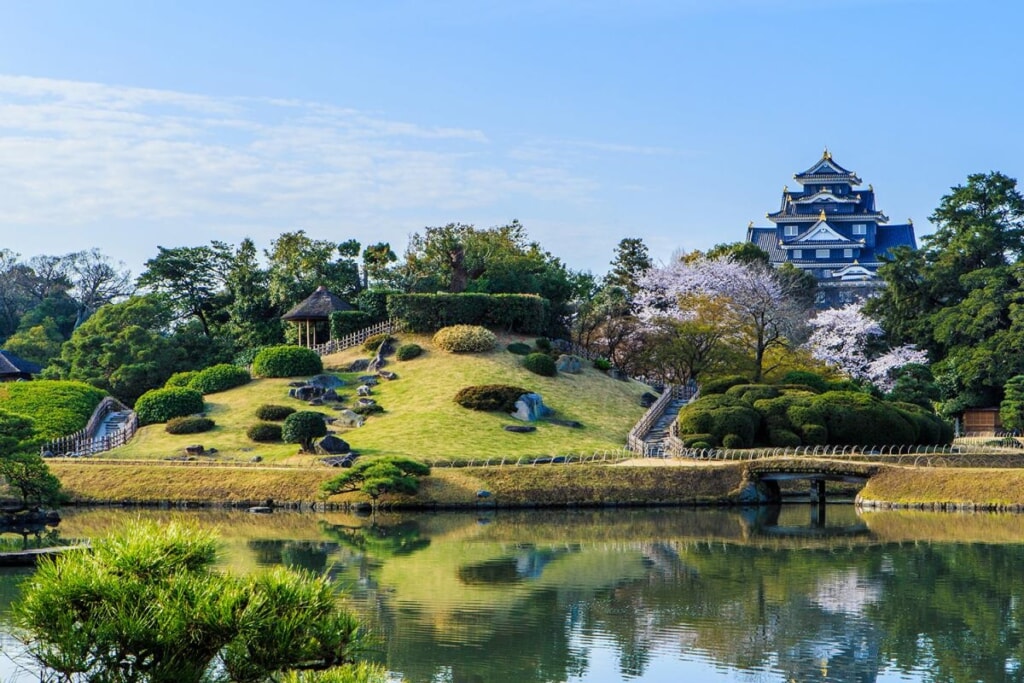
Hyōgo Prefecture
Hyōgo Prefecture is the home of one of Japan’s finest fortresses in Himeji Castle, which was among the first of the country’s UNESCO World Heritage sites, registered in 1993. Meanwhile, the ruins of Takeda Castle have become famous for a phenomenon whereby they seem to float on clouds when autumn fog rises. The prefectural capital of Kobe is a harbor city with an international feel, while Takarazuka is known for its all-female musical theater troupe.
Himeji Castle
Himeji Castle is also known as the White Heron Castle and is both a Japanese National Treasure and a World Heritage site. Its status as one of Japan's 12 remaining original castles makes this fortress a must for anyone interested the history of Japan.
600 years of History | Himeji Castle dates back over 600 years. Chosen as a strategic defense point to the west of Kyoto, the first set of fortifications was built sometime in the 1400s. The present castle complex was completed in 1609 under the supervision of daimyo Lord Ikeda Terumasa and is made up of over 80 buildings connected by a series of labyrinth-like winding paths.
Hiokayama Park
Hiokayama Park is a large park in Kakogawa City near Himeji known for its seasonal displays of cherry blossoms and hanami picnics each spring. Within the park are several burial mounds, one of which is protected by the Imperial Household Agency.
Near the park is Hioka-jinja, a grand shrine thought to date back to the early 8th century. There are several burial mounds associated with the shrine, some of which can be found within Hiokayama Park. Of these, the Hioka Ryo Kofun is the most important, dating to the 4th century and protected by the Imperial Household Agency.
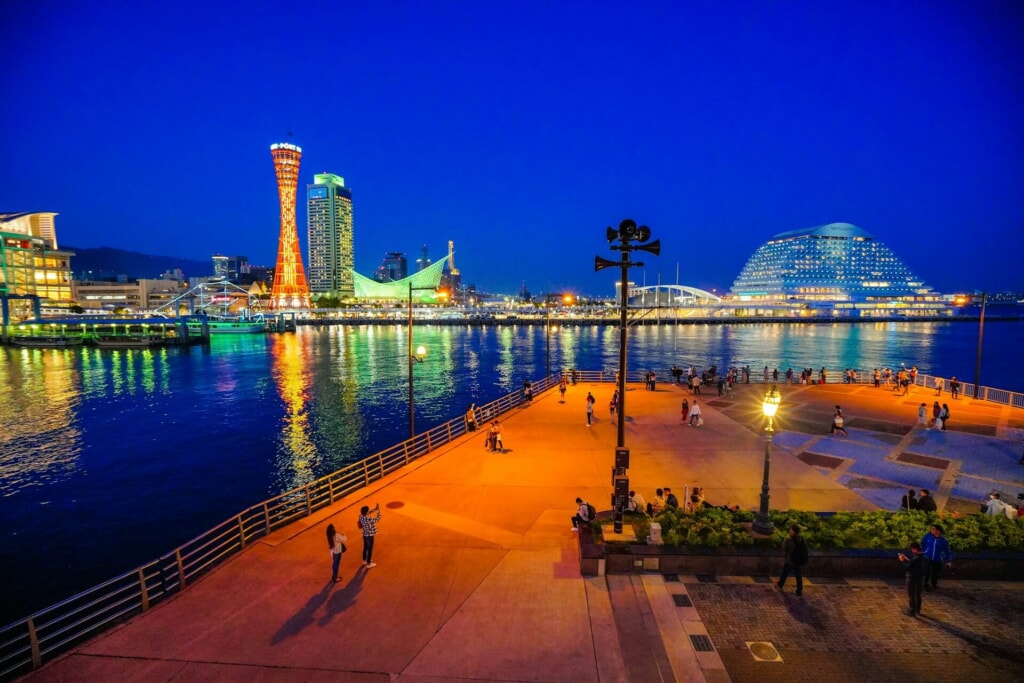
Port of Kobe
The Port of Kobe has two dedicated terminals for passenger ships. They are Naka Pier Passenger Terminal and the largest terminal facility in western Japan, Kobe Port Terminal. Both are terminals with CIQ (Customs, Immigration, and Quarantine) functions. By using the boarding bridges, passengers can board and disembark safely and comfortably even in the rain.
The towering landmark of Kobe is your aerie for cityscape views | Completed in 1963, Kobe Port Tower was designed by the Nikken Sekkei Company, the famous Japanese architecture firm behind works like the Tokyo Skytree and the redesigned Barcelona Camp Nou, the largest stadium in Europe.
Hakutsuru Sake Brewery Museum
Various sake production implements are on display, including a huge vat made of Japanese cedar once used for fermentation. In the sake-tasting area, visitors can enjoy freshly pressed, unpasteurized sake that cannot be found anywhere else. There're not only Hakutsuru Sake products, but many original museum goods as well. The sake gelatin dessert is especially popular.
The various stages of making sake are depicted in detail, with displays of the cooling apparatus, koji culture room, and many other types of equipment. Traditional methods are explained with actual tools and video. The old brewhouse was converted into the museum itself, lending a highly realistic atmosphere to the display of early sake brewing methods. [hakutsuru.co.jp]
Ở khu vực thưởng rượu, khách tham quan có thể nếm thử rượu sake tươi mới, chưa qua tiệt trùng mà khó có thể tìm thấy ở bất kỳ nơi đâu. Cửa hàng không chỉ bán các sản phẩm rượu sake Hakutsuru, mà còn bán nhiều mặt hàng lưu niệm độc đáo. Đặc biệt nước uống thạch trái cây có gas «Purupuru Sparkling Jelly» là một trong những sản phẩm được yêu thích nhất.
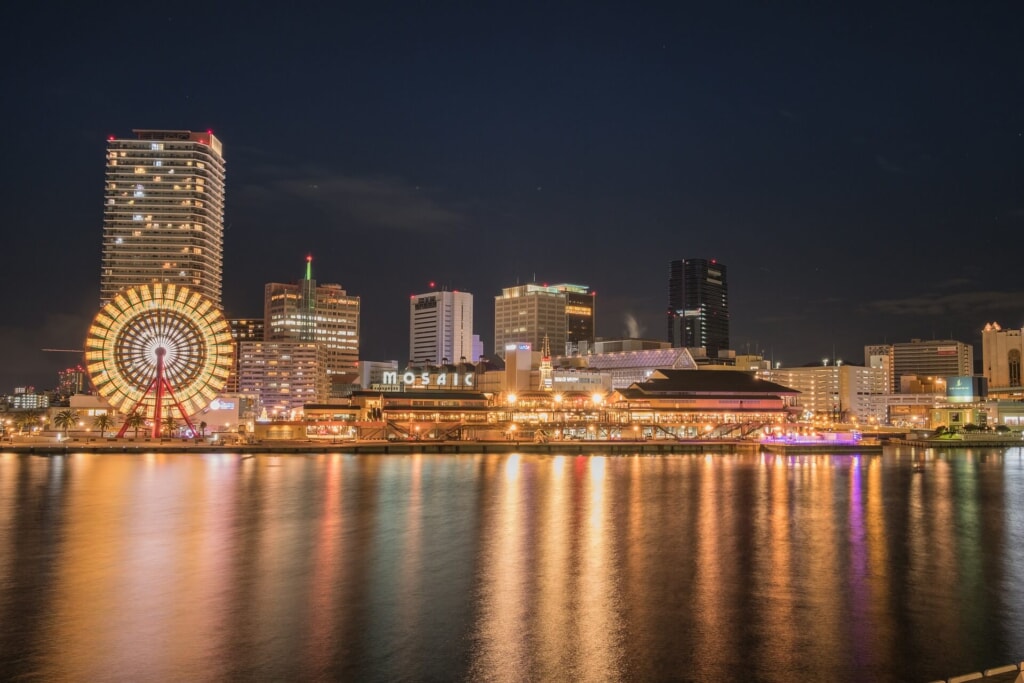
What To Eat in Kobe: Kobe Beef, Gyoza, Sushi and More [byfood.com]
Kobe instantly brings to mind one thing: Kobe beef. While Kobe beef is, of course, world-class and undeniably delicious, the city of Kobe has much more to offer than simply just meat. Not sure what to eat in Kobe other than their famous beef? Sandwiched between the mountains and the sea, the food in Kobe sees a lot of influence from these elements, as well as culinary input from the greater Hyogo Prefecture and the neighboring Kansai region.
Here are some of the top foods to eat in Kobe: Kobe Beef, Chuka Ryori (Japanese-Chinese Cuisine), Akashiyaki, Korokke (Croquette), Gyoza, Sushi, Cheesecake Soft Cream and Japanese Sake
Kyoto
Experience the essence of Japanese culture, constantly evolving throughout history. Surrounded by rich natural beauty, Kyoto is a city with a unique repertoire of compelling culture that has been refined over the past 1,200 years. Many aspects of Japanese culture originate from Kyoto and are deeply rooted in the lives of residents to this day. Tradition lives on through “machiya,” traditional wooden townhouses where residents spend modern lives today, yearly events unique to Kyoto like the famous Gion Matsuri, the culture of Kyoto's Hanamachi district where geisha live and work, and through Jizo statues found throughout the city.
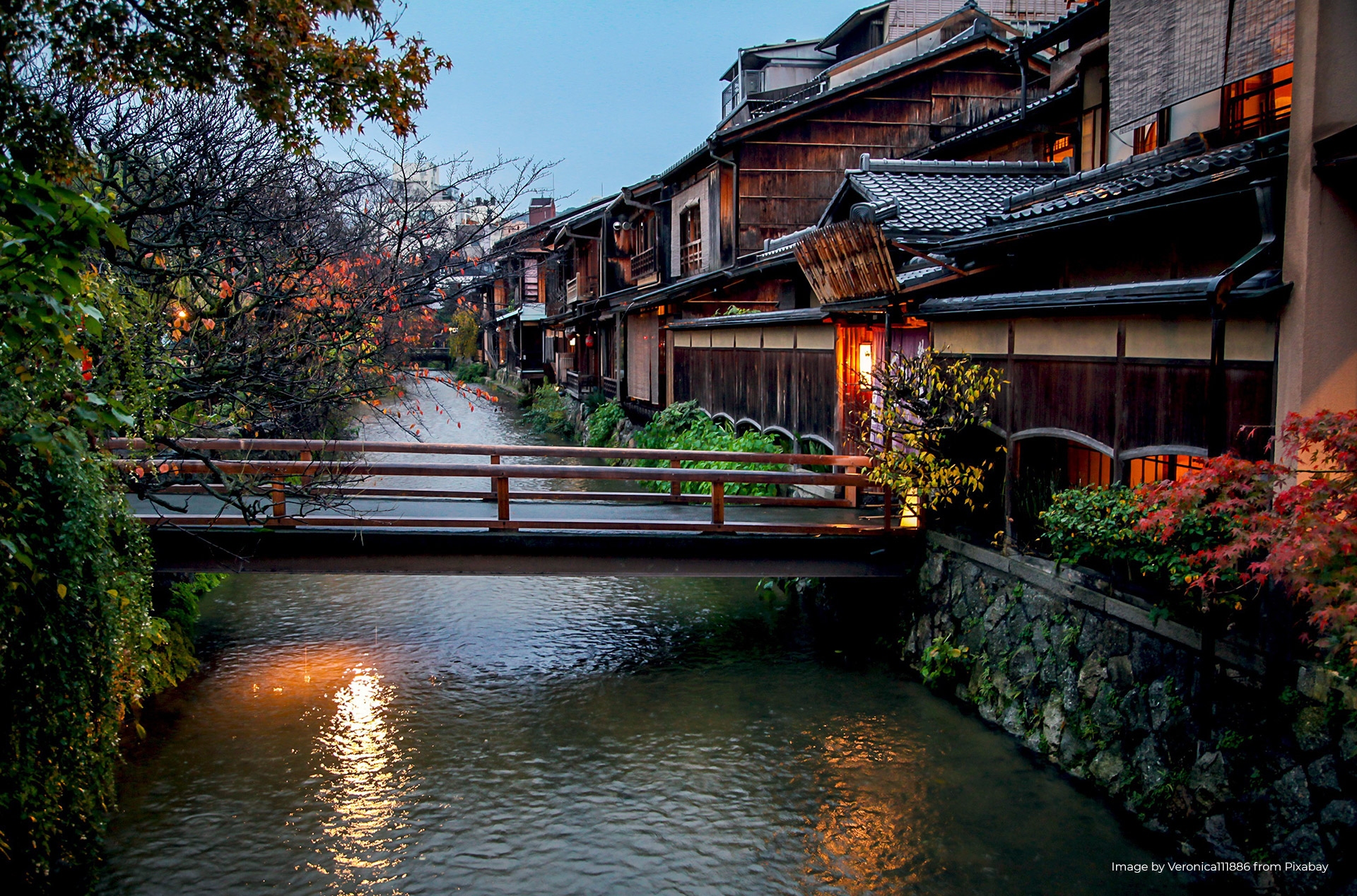
Nijō Castle
A reminder of the power of the Edo period's warlords | Nijo Castle is perhaps the starkest representation of the power the shogun, or warlords, once held over the emperor during the Edo period (1603-1867). It is one of the best-known castles in Japan, due to its historical importance, prominence and the city, and UNESCO World Heritage status.
Go just after opening or just before closing to avoid the crowds and take in the entire complex comprising a castle, palace, landscape garden, and attractive grounds.
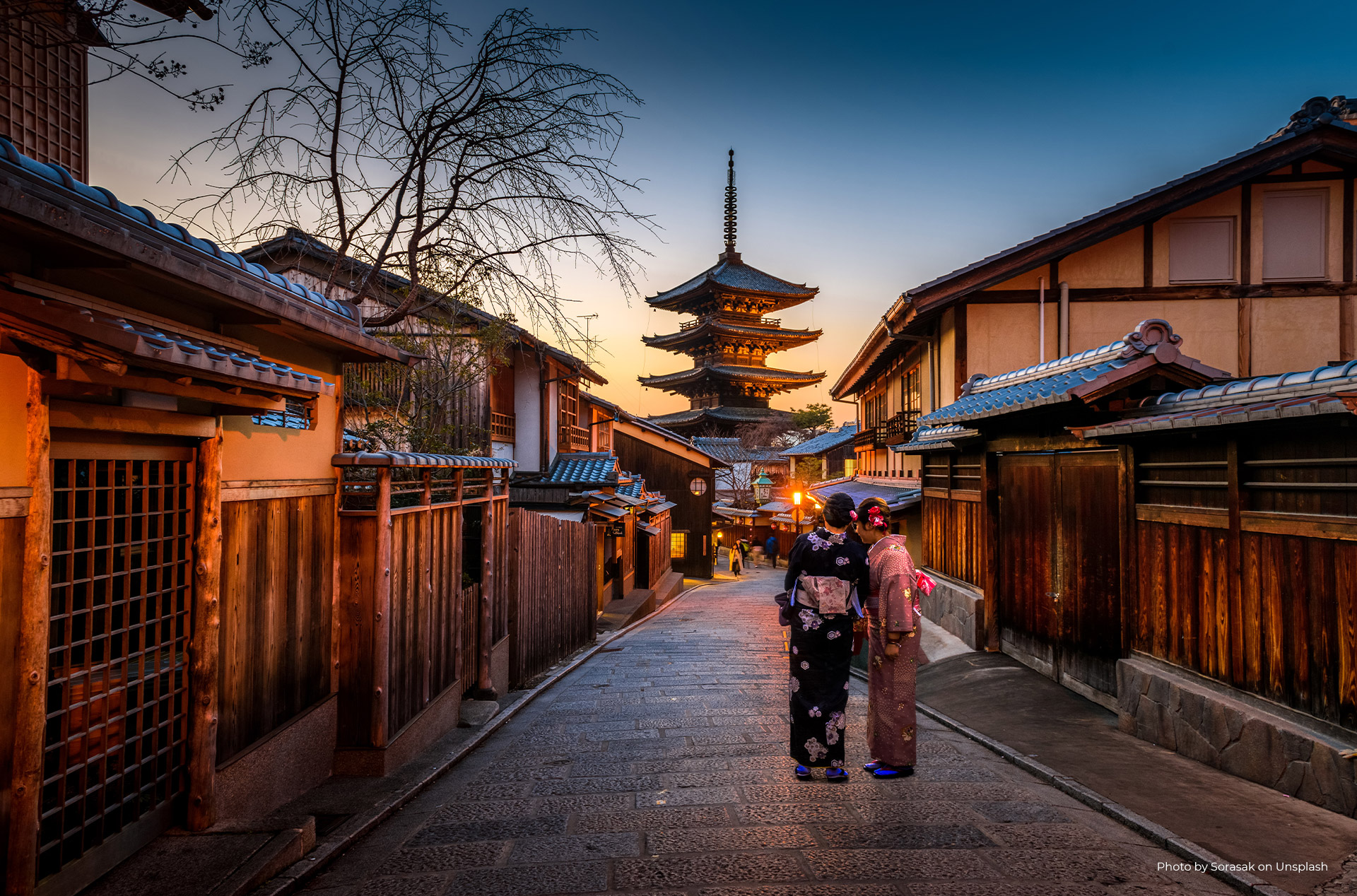
Kimono Photo Shoot in Kyoto
Take the perfect souvenir of Japan: elegant, movie-like photographs of you wearing a kimono in picturesque Kyoto
Nishiki Market
Kyoto's Kitchen—thriving for 400 years | Nishiki Market today is very different from its origins as an open-air fish market some 400 years ago. Nishiki Market has an astonishing 130 vendors packed into a narrow passageway that is approximately 400 meters long and 3.9 meters wide. It continues to thrive, attracting not only visitors, but Kyoto locals too.
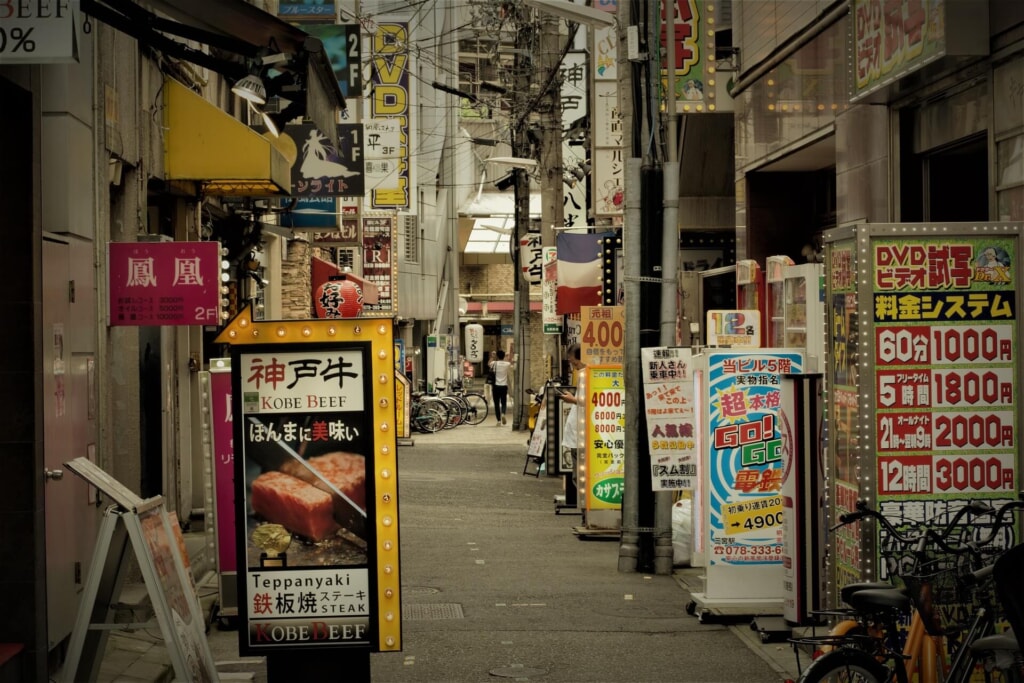
Where to eat in Kyoto, the former Japanese capital mixing tradition and innovation [NatGeo]
For centuries, the former capital has preserved Japan’s gastronomic legacies. Shops still pound tofu each morning and brew fresh matcha, but you don’t have to look far to find 21st-century innovation. Kaiseki is what most visitors know of Kyoto gastronomy: high-end court cuisine presented as a seemingly endless stream of small, seasonal dishes. It’s exquisite, expensive, elegant food that has tourists queuing around hush-hush corners and tiptoeing, intimidated, into beautiful gated boltholes. It’s kaiseki that first brought Kyoto to Michelin’s attention in 2009, when the city was showered with 110 stars, eclipsing New York’s number. This year, it beat Paris’s number of Michelin-recommended restaurants.
No matter how forcefully the rivers here flow, the water stays the same, continuing to feed the city that evolves around it. Though it may be the gatekeeper of Japan’s gourmet traditions, Kyoto, just like the water, never stands still, bridging the gap between institution and innovation. In Kyoto, you can swallow centuries and still have room for more — According to NationalGeographic
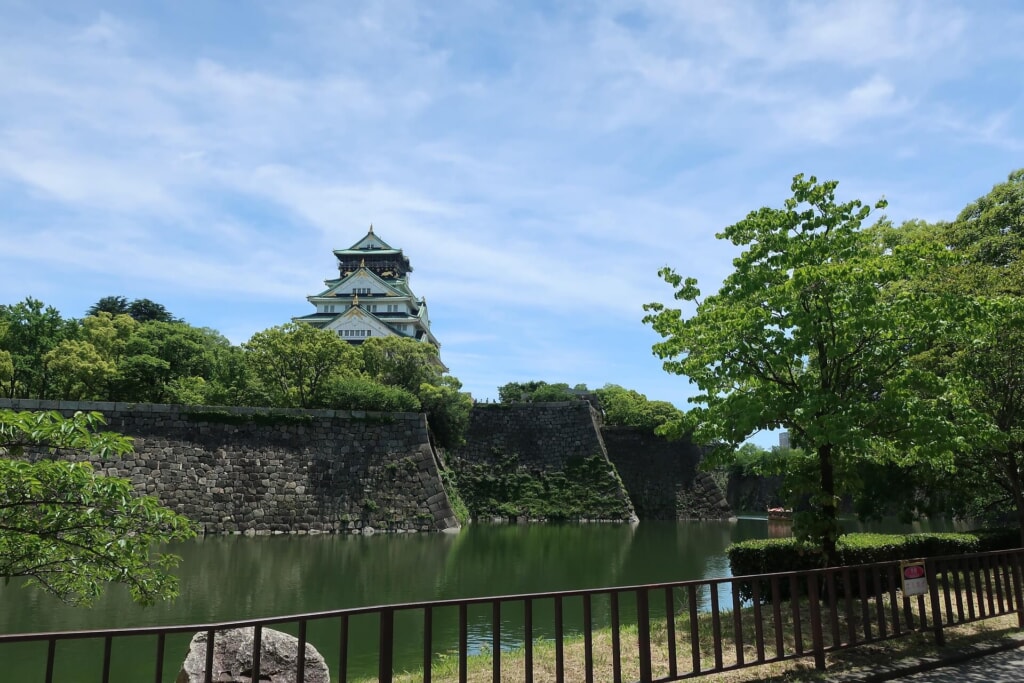
Osaka
Osaka is a charming, relaxed city best known for its food, fun and nightlife—with some history and culture peeking through. Osaka is only a short shinkansen ride from Tokyo, but has a very different personality to Japan's capital city. Hop off the bullet train into an area of exciting nightlife, delicious food and straight-talking, friendly locals. Along with plenty of shopping and modern attractions, Osaka also has a historical side, the highlight of which is Osaka Castle. The castle is a great place to discover more about Japanese history and to wander the beautiful grounds, especially during cherry blossom season in April when the sakura blooms and the weather is often at its best.
Chùa Katsuo-ji
Chùa Katsuo-ji là một trong những ngôi chùa lâu đời ẩn mình trên một ngọn núi cao yên bình tại thành phố Minoh thuộc tỉnh Osaka và được bao quanh là thiên nhiên trù phú. Điều thu hút đặc biệt của ngôi chùa là hình ảnh những con búp bê Daruma – biểu tượng may mắn truyền thống của người dân Nhật Bản. Khi đến thăm chùa Katsuo-ji, du khách dễ dàng bắt gặp búp bê Daruma ở khắp nơi, từ chính điện đến những nơi như mái nhà, tảng đá, cầu thang… trong khuôn viên chùa.
Khi muốn ước nguyện một điều gì đó tại ngôi chùa này, bạn sẽ được vẽ một mắt cho búp bê và viết ra điều ước của mình như ký một lời cam kết với bản thân rằng «Tôi sẽ đối mặt với chính mình và khắc phục những yếu đuối của bản thân».
Và điều ước của bạn sẽ chỉ thành hiện thực nếu mỗi một ngày trôi qua bạn không thấy hối tiếc và luôn nỗ lực hết mình để đạt được điều ước đó. Không vội vàng và luôn nỗ lực làm việc chăm chỉ thì bạn sẽ nhận được «sự may mắn và thành công» đạt được những đỉnh cao mà mình mong muốn. Chính vì thế, nơi đây đã thu hút nhiều du khách đến viếng thăm để mong cầu may mắn và bình an hằng năm.
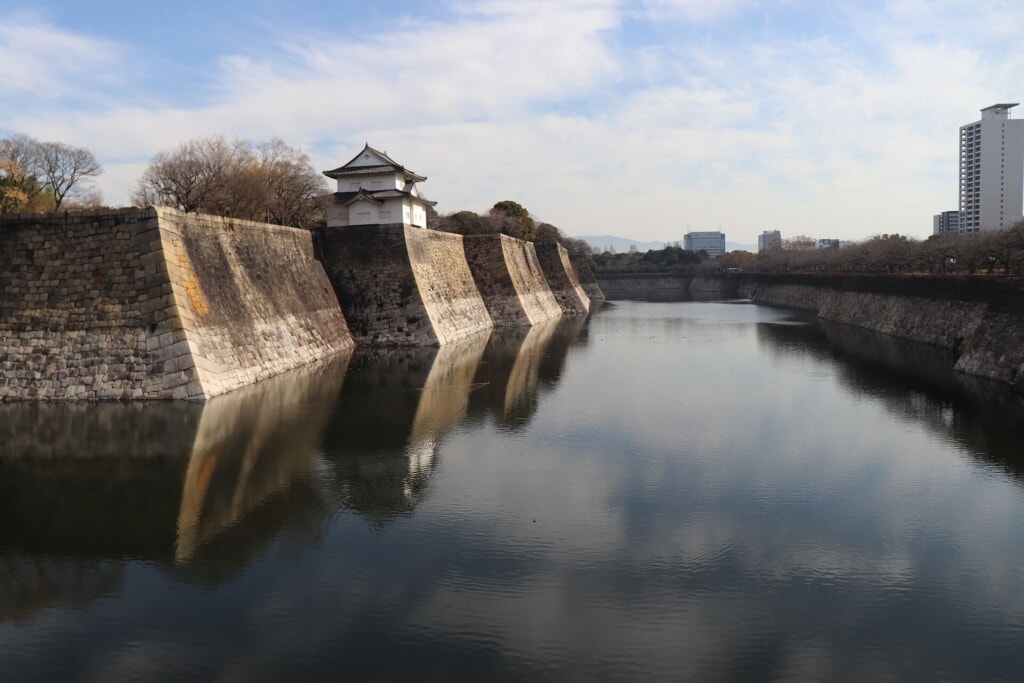
Triển lãm TeamLab Botanical Garden Osaka
Mở cửa từ 2022, TeamLab Botanical Garden Osaka là một dự án triển lãm nghệ thuật độc đáo tổ chức tại vườn thực vật ngoài trời Nagai, nơi sinh sống của hơn 1,200 loài thực vật khác nhau, cùng với một số loài chim hoang dã, chẳng hạn như chim ưng phương Bắc và cú.
Ngoài việc khám phá vẻ đẹp tự nhiên của khu vườn hơn 240,000 m², du khách còn được trải nghiệm các không gian nghệ thuật nhập vai bằng việc sử dụng các công nghệ kỹ thuật số phi vật chất để biến thiên nhiên thành nghệ thuật mà không làm tổn hại đến chúng. Triển lãm được chia thành sáu khu vực từ A đến F, mỗi khu vực có từ một đến bốn điểm quan sát mang những chủ đề khác nhau, đòi hỏi người tham quan phải sử dụng nhiều giác quan khác nhau để cảm nhận và tương tác.
Chẳng hạn khu vực dành cho tác phẩm «Sculptures of Dissipative Birds in the Wind», du khách sẽ chiêm ngưỡng màn trình diễn của những luồng ánh sáng xoáy huyền ảo chuyển động theo đường bay những chú chim bay ngang qua. Hoặc sự thay đổi màu sắc qua những tương tác «chạm» vào những quả trứng khổng lồ, mềm mại trong khu vườn bạch đàn trong chủ đề «Forest of Autonomous Resonating Life».
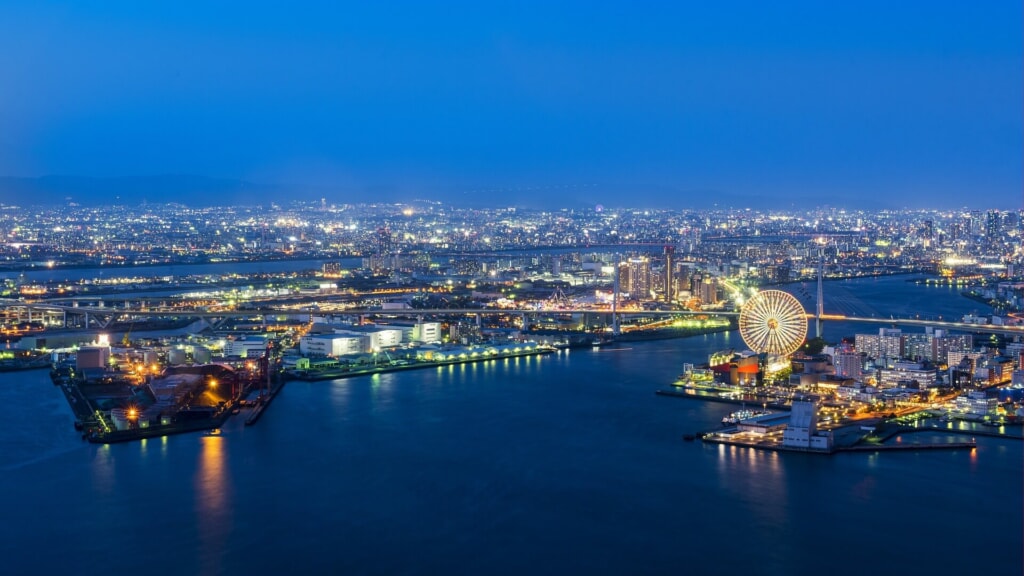
Bảo tàng Cupnoodles Museum Osaka Ikeda
Là một fan chính hiệu của mì ăn liền ramen, du khách không thể bỏ qua địa điểm này khi đến thành phố Ikeda, tỉnh Osaka, nơi sản sinh ra mì ăn liền đầu tiên trên thế giới. Bảo tàng mì ly Osaka Ikeda khai trương vào năm 1999 với mong muốn giới thiệu lịch sử hình thành của mì ăn liền và truyền đạt tầm quan trọng của sự đổi mới khám phá trong các giai đoạn phát minh.
Không chỉ được tham quan và tìm hiểu về quá trình sản xuất mì, du khách còn có thể chiêm ngưỡng đường hầm đầy màu sắc trưng bày hơn 800 sản phẩm mì ăn liền được giới thiệu trong nửa thế kỷ qua. Ngoài ra tại đây bạn còn có thể trải nghiệm tự tay làm một ly mì cho riêng mình tại khu vực My Cupnoodles Factory nữa đấy.
Các món ăn nổi tiếng tại Osaka
Nhắc đến văn hóa ẩm thực địa phương tại Osaka, không thể thiếu món xiên que lăn bột Kushikatsu. Các nguyên liệu tươi ngon như thịt, cá, rau củ, tôm… sẽ lần lượt được xiên vào tăm tre, sau đó tẩm qua một lớp vụn bánh mì giòn kiểu Nhật và chiên xù; khi thưởng thức sẽ được phục vụ kèm với nước sốt đậm đà và bắp cải sống.
Món ăn tưởng chừng như đơn giản nhưng thật sự đã trở thành một món ăn nhẹ phổ biến trong những cuộc gặp gỡ bạn bè và người thân, hãy thưởng thức chúng cùng một cốc bia mát lạnh nhé! Ngoài ra, sao có thể bỏ qua món Takoyaki trứ danh, được xem là biểu tượng cho ẩm thực đường phố của Osaka chứ nhỉ. Hình ảnh những quả bóng bột thơm phức, nóng hổi hòa quyện với nước sốt màu nâu sẫm, sốt mayonnaise, hành lá và một ít cá ngừ bào phía trên, xuất hiện rất nhiều trên khắp đường phố và những tiệm ăn địa phương.
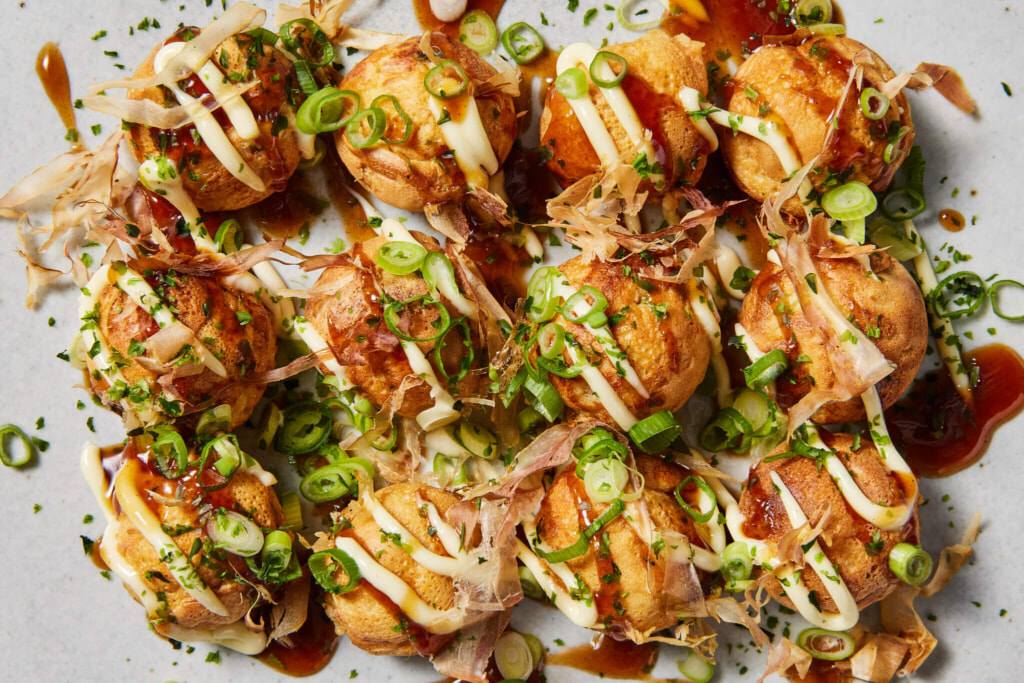
Khi thưởng thức, bạn sẽ cảm nhận được vị giòn giòn bên ngoài của lớp vỏ bột mềm mịn và độ tươi ngon của phần nhân bạch tuộc bên trong. Việc tạo ra hương vị của Takoyaki thường được coi là một nghệ thuật, và người bán thường có những phương pháp riêng để tạo ra hương vị tuyệt vời, đặc trưng cho món ăn của mình.
Để kết thúc hành trình và trở về từ Osaka, du khách có thể đi tàu điện từ nhà ga Osaka hoặc nhà ga Shin Osaka đến nhà ga Kansai Airport bằng tuyến JR Haruka với thời gian di chuyển khoảng một tiếng đến một tiếng rưỡi. Từ sân bay Kansai International Airport, du khách có thể sử dụng chuyến bay thẳng của các hãng hàng không như Vietnam Airlines, Vietjet Air… để trở về Việt Nam.
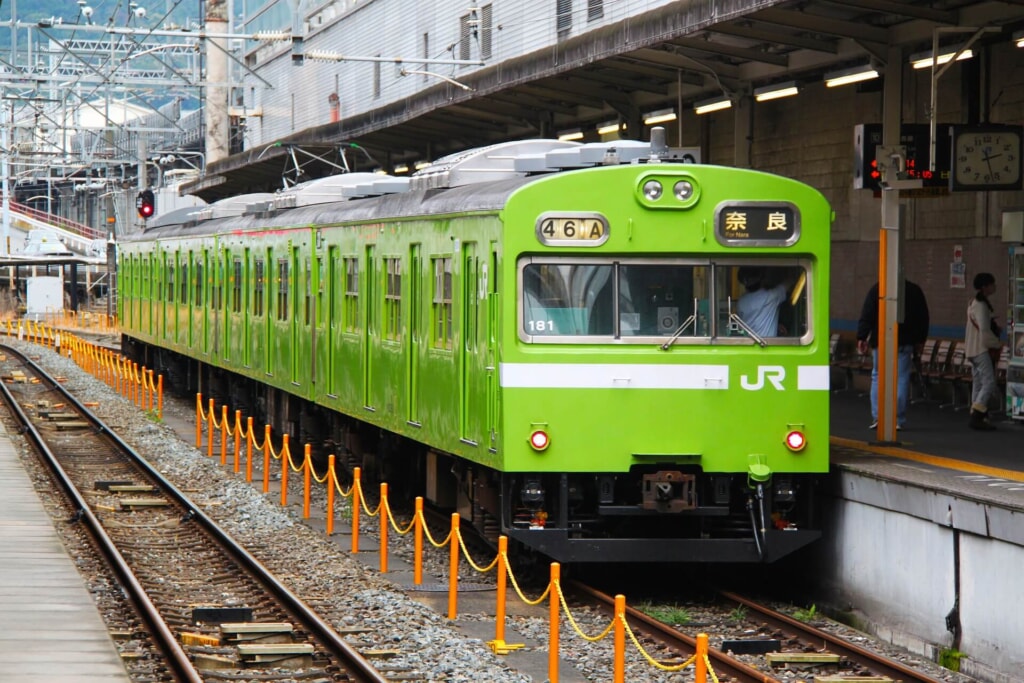
Source: japan.travel | JNTO
Thiên Xuân Travel – Live your travel dreams!
Park 2, 208 Nguyen Huu Canh Street, Ward 22,
Binh Thanh District, Ho Chi Minh City, Vietnam
booking@thienxuantravel.com or gd@thienxuantravel.com
Hotline: +84 888 890 898 — 0938 558 228
Office in the United States
14114 Beech Glen Dr, Houston, TX 77083
Phone: +1 (281) 906-2744

